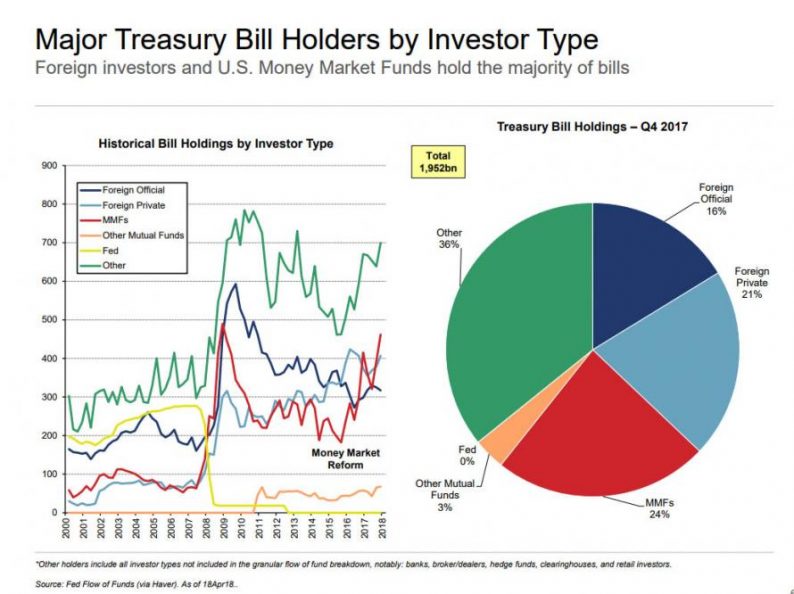This morning, in addition to a rather mundane sale of $40.0 billion in 4-week bills, the Treasury sold its inaugural 8-week (2-month) bill, for the amount of $25.0 billion as the Treasury seeks innovative ways to plug the burgeoning budget deficit.
As a reminder, this is what the TBAC said when it introduced the 2-Month bill back in May:
Treasury intends to introduce a new 2-month bill later this calendar year. Treasury has had extensive discussions about the benefits of a 2-month bill offering with a variety of market participants, including the Treasury Borrowing Advisory Committee (TBAC).Our analysis suggests that this new product will meet the needs of many investors, while also enhancing Treasury cash management, reducing operational risks, and helping us in our mission to fund the government at the least cost over time.
In the coming months, Treasury will further study operational details related to offering the 2-month bill for settlement on a date different from the traditional Thursday settlement date for Treasury bills, such as Tuesday.Treasury will explore alternative ways to enhance liquidity of the 2-month bill, if it is offered on a different settlement date, such as moving the settlement date of an existing bill tenor so that it aligns with the settlement date of the 2-month bill.
Reinforcing the need for a 2-month bill, the TBAC said this introduction would allow for smaller auction sizes in other tenors, “allowing for greater flexibility in funding future projected financing gaps.” Of course, it would also mean greater cumulative Bill issuance, and even more flattening pressure.

The TBAC’s conclusion:













Leave A Comment